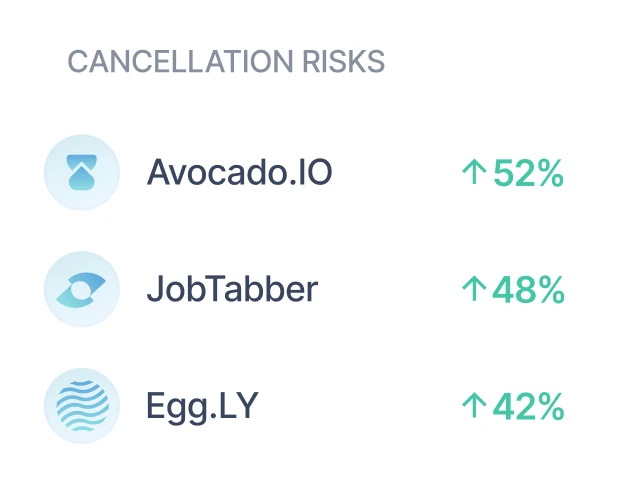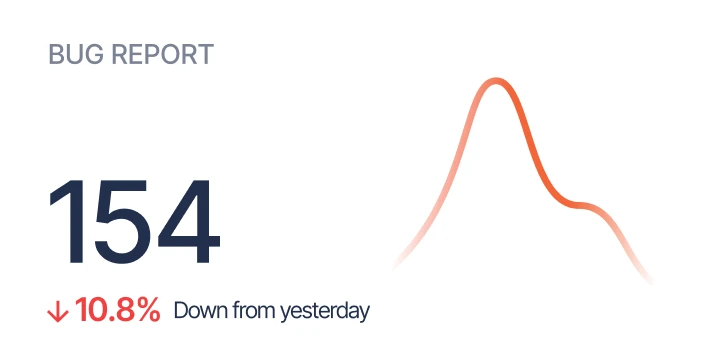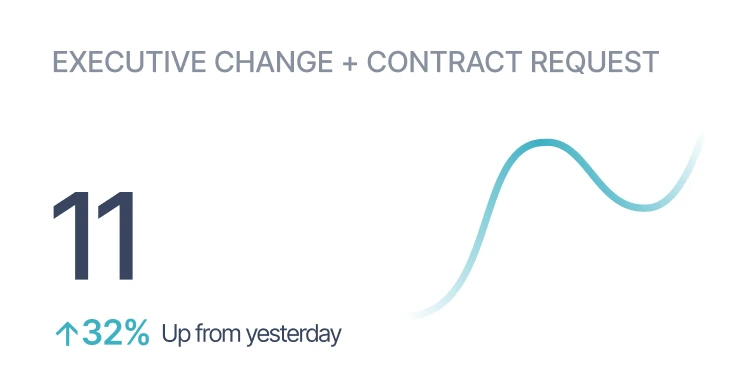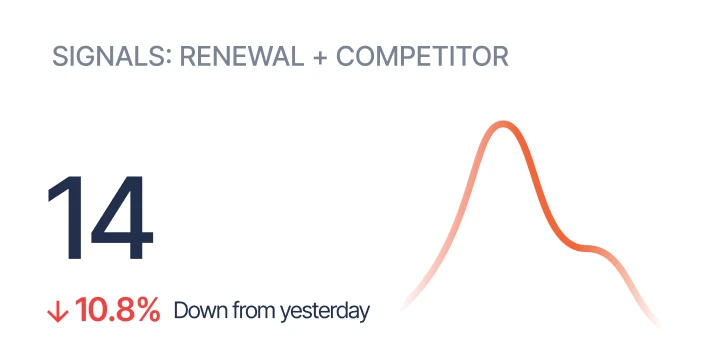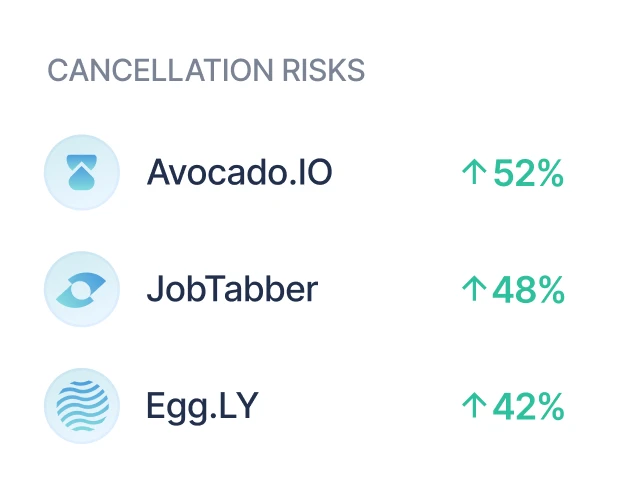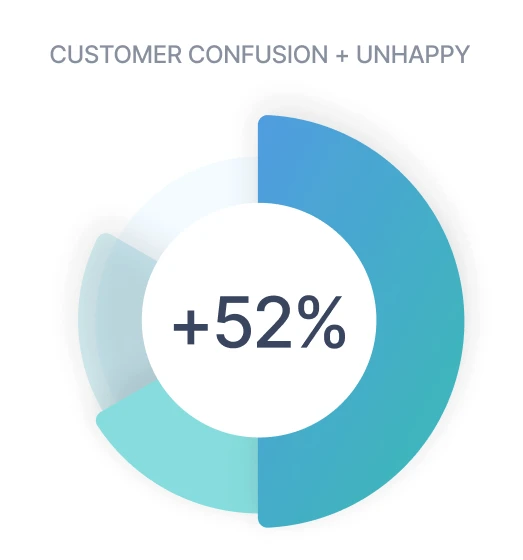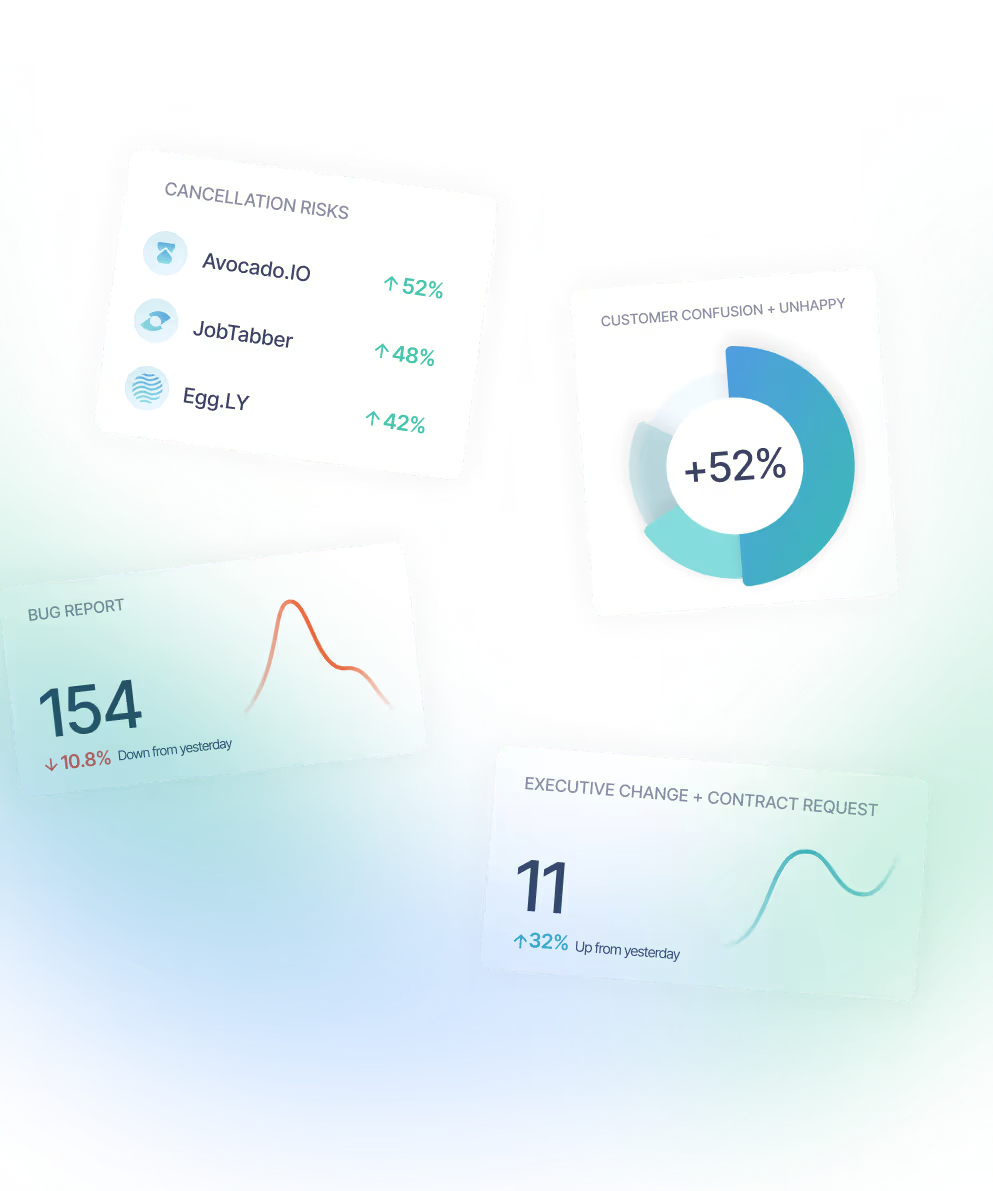Subscription-based businesses generate large volumes of customer interactions, and the ability to extract meaningful insights from these exchanges determines both retention rates and lifetime value. Analysts benefit when unstructured conversations can be centralized, categorized, and transformed into quantitative signals with minimal friction. Sturdy positions itself as a system of intelligence that achieves this by ingesting diverse communication data, applying natural language processing at scale, and operationalizing insights through integrations with business systems. The following sections detail how this outcome is achieved.
Consolidating Customer Communication Data
Sturdy centralizes customer data that would otherwise remain siloed across email, CRM systems, chat applications, helpdesk software, and conferencing platforms. Its unified data pipeline ingests communications continuously, providing real-time visibility into account health [1]. The platform’s integration framework, Sturdy Connect™, links directly to widely used enterprise applications including Salesforce, Slack, Gmail, Zoom, and ServiceNow [2]. Each integration is configured to pseudonymize personally identifiable information on import, aligning data aggregation with privacy safeguards [3]. By creating a single analytical layer across disparate systems, teams eliminate manual exports and standardize the foundation for downstream analysis.
Detecting Retention and Revenue Signals
The platform applies AI and natural language processing trained on over 100 million business conversations to identify themes such as churn triggers, feature requests, sentiment shifts, and payment issues [4]. Analysts can also define custom “signals” to detect business-specific indicators and output them as structured data streams [5]. These signals generate automated alerts routed directly to the relevant team, whether revenue management, product development, or success operations [6]. Evidence of effectiveness comes from documented outcomes where client organizations reported maintaining 100 percent retention of more than 100 accounts and achieving a 30 percent month-over-month retention lift within six weeks of adoption [7]. This indicates the precision with which predictive churn signals can be operationalized.
Operationalizing Insights Across Systems
Once detected, customer insights are distributed through automated notifications and integrations into existing workflow tools. Sturdy enables dashboards that summarize customer-driven signals, providing analysts with account-level health overviews [8]. APIs allow export of structured insights into BI platforms such as Tableau and Looker for correlation with broader business metrics [9]. Security and compliance remain integral to this process, since Sturdy’s vetted integrations are built with a privacy-first framework [10]. Through continuous monitoring, organizations can associate retention outcomes with specific feedback signals and manage customer experience with quantifiable precision.
Scenario
Consider a subscription software provider that manages hundreds of enterprise accounts. Previously, support tickets, renewal negotiations, and survey responses existed in separate silos, limiting responsiveness. With Sturdy, email complaints about bugs, chat requests for new features, and contract-related inquiries from executive stakeholders are all ingested as part of a single pipeline. The system’s AI classifies bug mentions as churn risks, routes them to engineering, and flags contract changes to account management. Within weeks, the provider observes measurable retention improvements, reflecting how automated detection of subtle cues translates to reduced churn and higher net dollar retention.
The evidence demonstrates that real-time data consolidation, AI-driven detection of churn signals, and operationalized outputs collectively enhance customer insight management for subscription businesses. Organizations seeking to increase customer lifetime value gain measurable outcomes by transforming communication streams into structured indicators. The next logical step for business leaders is to evaluate where real-time signals can be incorporated into current customer analytics workflows to strengthen retention and revenue expansion strategies.
- Continuous ingestion of unstructured customer communications
- AI signal detection trained on large business interaction datasets
- Automated routing of insights through APIs and workflow tools
- Documented retention improvements in enterprise case studies
References
[1] sturdy.ai • [2] sturdy.ai • [3] sturdy.ai • [4] smallbusinessconnect.com.au • [5] sturdy.ai • [6] sturdy.ai • [7] sturdy.ai • [8] sturdy.ai • [9] sturdy.ai • [10] toolerific.ai

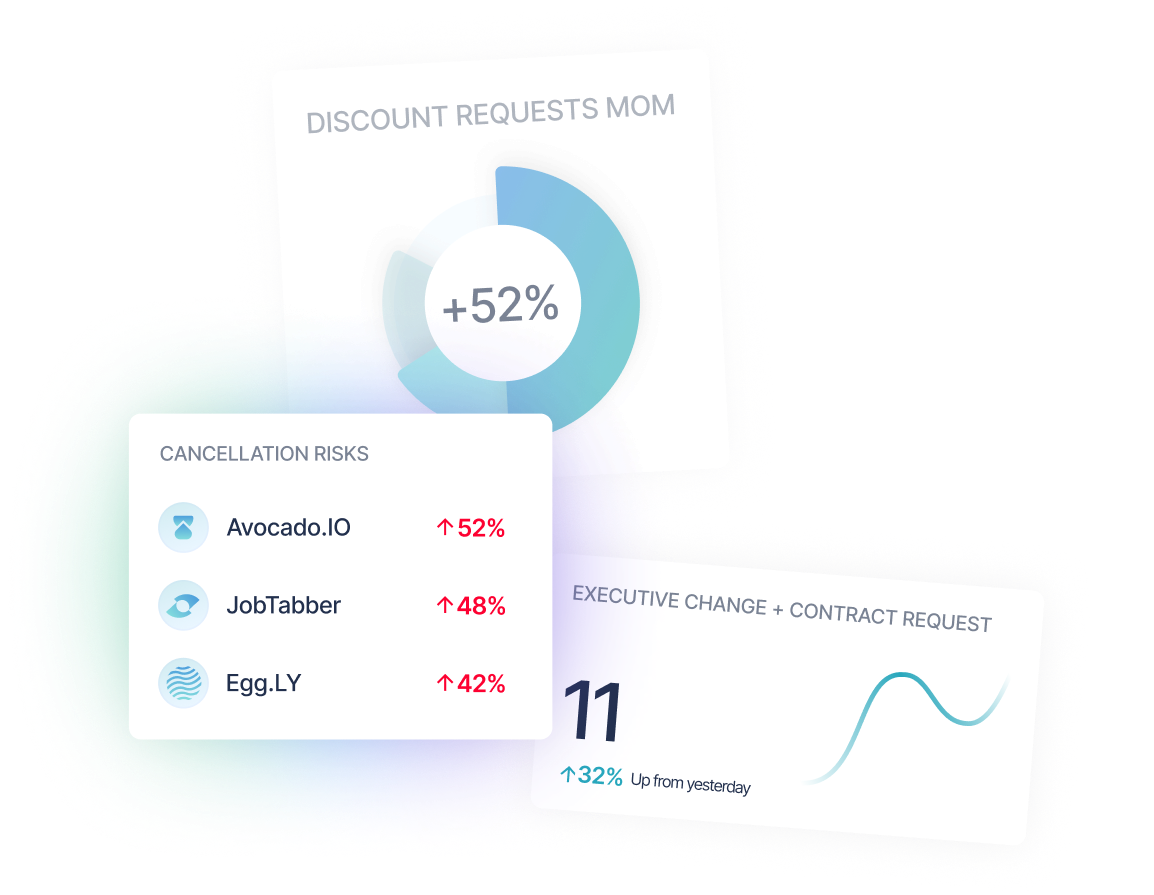



%201.png)

